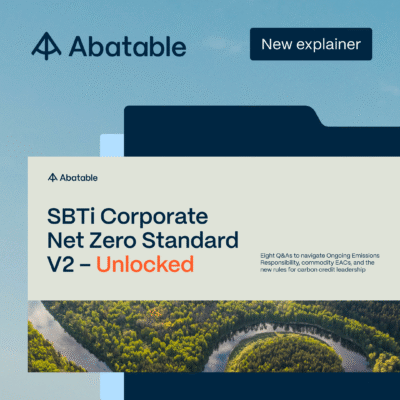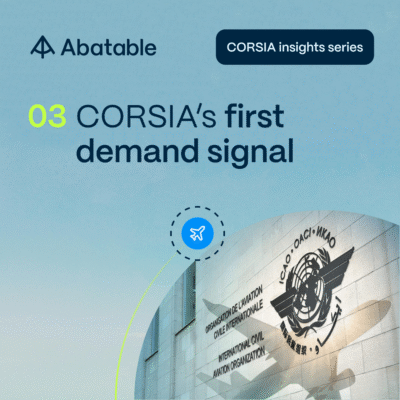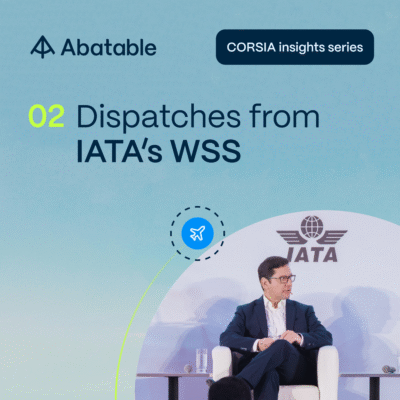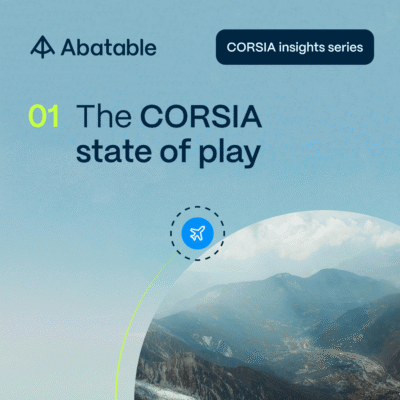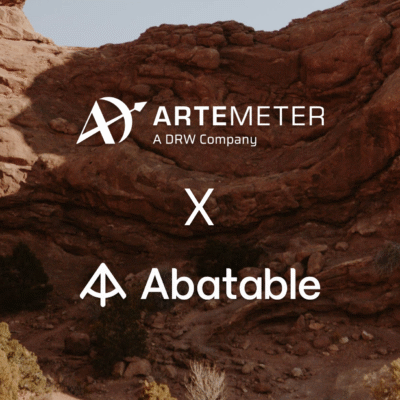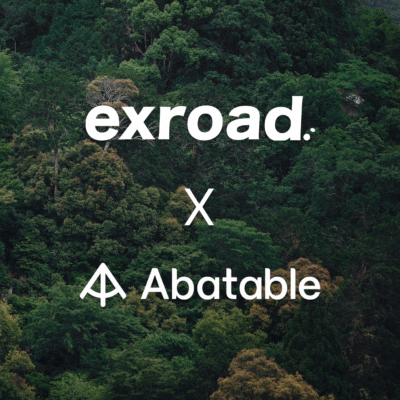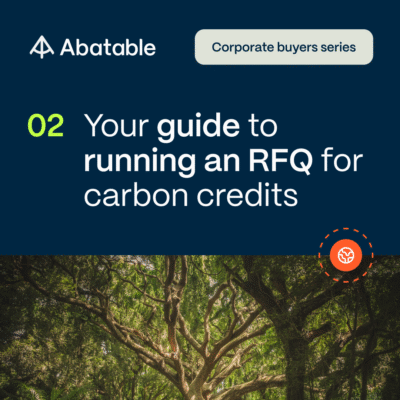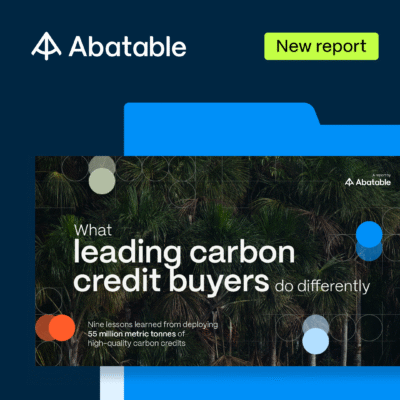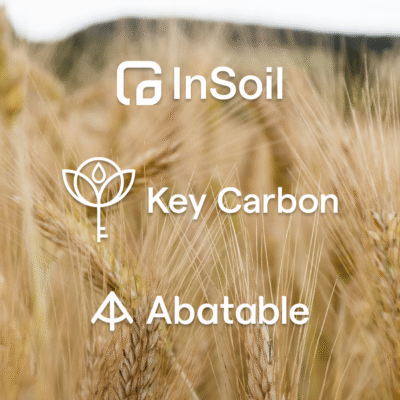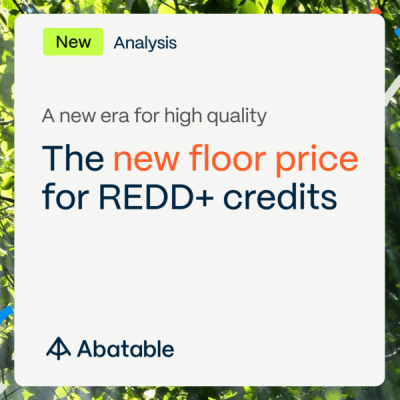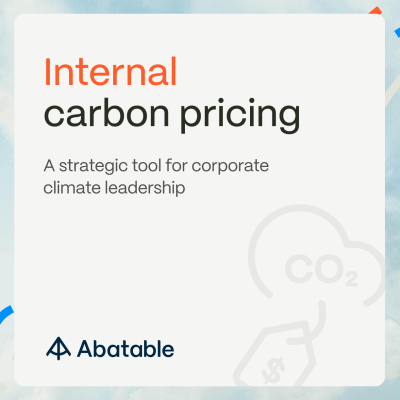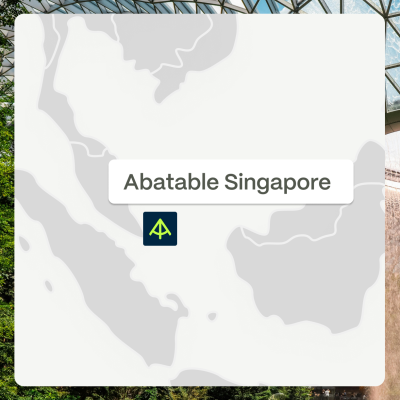Read our eight essential Q&As to help busy sustainability teams get up to speed with SBTi’s new draft Corporate Net Zero Standard V2.
The Science Based Targets initiative (SBTi) has released an updated draft of its long-awaited Corporate Net Zero Standard (CNZS) V2. The new document introduces practical changes for companies setting net-zero targets that are grounded in science.
To help businesses understand the document and what it means for corporate climate action, we’ve pulled together eight Q&As to unpack it – from the new Ongoing Emissions Responsibility (OER) framework to how the draft addresses Scope 3.
Download Abatable’s full explainer report for a deeper analysis of the new guidance’s implications for carbon credit use, setting internal carbon prices, and addressing emissions through the new OER framework.
Watch Abatable Co-founder Maria Eugenia Filmanovic, Climate Strategy Manager Holly Nicholson, and Senior Content Manager Marc Height discuss CNZS V2 and what it means for businesses.
1. What’s new in CNZS V2, and when will the guidance become final?
SBTi’s CNZS V2 introduces the ‘Ongoing Emissions Responsibility’ framework – see question 2 – and makes carbon credit use to address ongoing emissions on the route to net zero mandatory post-2035.
The final standard will be published in 2026 and become mandatory for all companies setting new science-based targets from January 1, 2028. Current SBTi-aligned companies can adopt V2 voluntarily before it becomes required, giving early movers time to adjust their strategies ahead of the 2028 transition deadline.
2. What does the CNZS V2 guidance mean for my carbon credit strategy?
Carbon credits shift from optional to mandatory under CNZS V2. From 2035, larger organisations and medium-sized companies in high-income markets must take responsibility for an increasing share of their ongoing emissions over time. This rises linearly to 100% by 2050, with a growing proportion comprised of long-lived removal credits (storage times of centuries to millennia).
Companies can choose between two pathways:
- Recognised status requires companies to set a $20 per tonne internal carbon price and address at least 1% of their ongoing emissions using carbon credits.
- Leadership status requires buying credits to cover at least 40% of ongoing emissions during the transition to net zero.
Strategic carbon credit procurement planning will be needed to secure supply of increasingly durable removal credits under either route, as costs are expected to rise in the future.
3. How does CNZS V2 treat Scope 2 and 3 emissions?
CNZS V2 creates distinct pathways for different emission scopes. For Scope 2 emissions, companies must achieve 100% low-carbon energy purchasing or matched Energy Attribute Certificates by 2040. This needs to move to being geographically and temporally matched with electricity load.
For Scope 3 targets, companies can take action directly with suppliers or use commodity Energy Attribute Certificates to mitigate emissions intensity at the activity pool intervention level (think land-based supply sheds or factory clusters). This is a new approach to Scope 3 from SBTi.
4. How does Abatable see demand for carbon credits changing under CNZS V2?
The OER framework will accelerate demand for nature-based and short-lived removal credits in the near term as companies pursue Recognised or Leadership tiers.
Looking further ahead, corporate appetite for long-lived removal credits should expand significantly. By 2050, companies must neutralise 100% of ongoing emissions, with 41% coming from long-lived removals (centuries to millennia storage). This trajectory creates pressure for strategic procurement planning, particularly given expected cost increases as durable removal technologies scale.
5. I’ve used carbon credits for value chain reduction and carbon-neutral goals in the past – can I continue to do so?
Past approaches diverge from CNZS V2’s framework. Previously purchased carbon credits for value chain emissions or carbon-neutral claims don’t count toward SBTi recognition under the new standard.
The OER framework explicitly separates mitigation outcomes delivered by carbon credits into the new structure, where they’re used exclusively in the Ongoing Emissions Responsibility pathway and cannot be applied to Scope 3 emissions targets.
6. What are commodity EACs, and where can I use them in my Scope 3 goals? How developed are commodity EACs relative to carbon credits?
Commodity Environment Attribute Certificates (EACs) convey the environmental performance of a commodity and can be purchased to meet Scope 3 volume alignment targets at the activity pool intervention level (geographically determined land-based supply sheds or factory clusters).
Unlike carbon credits, commodity EACs are still emerging. Development varies significantly by commodity and region. They currently lack the level of standardisation, market infrastructure, and established integrity frameworks that carbon credits benefit from.
7. How does the new SBTi guidance compare to other carbon credit guidance and integrity frameworks?
SBTi’s OER framework shares similarities with guidance from the Oxford Offsetting Principles, the Voluntary Carbon Markets Initiative, and the Integrity Council for the Voluntary Carbon Market (ICVCM). All adopt portfolio approaches that allow companies to compensate for ongoing emissions with a mix of nature-based and engineered removals, recognising that different removal types serve complementary roles.
SBTi’s approach is notably more permissive at the net-zero point than the Oxford Principles, allowing up to 59% of neutralisation to come from short-lived (nature-based) removals, whereas the Oxford Principles generally emphasise a full shift toward long-lived storage by that stage.
SBTi’s integrity principles closely mirror ICVCM’s Core Carbon Principles, focusing on robust quantification, additionality, permanence/reversal safeguards, no double counting, independent verification, and transparency. The consultation explicitly notes SBTi is considering how ICVCM and other existing standards systems can inform future carbon credit quality requirements in the standard.
8. How does CNZS V2 align or conflict with other voluntary and sector-level environmental guidance?
CNZS V2 creates both alignment opportunities and potential conflicts with sector-specific guidance. For aviation, the standard allows companies to use carbon credits under the OER framework, but these won’t satisfy CORSIA‘s compliance requirements, which mandate specific eligible credit types.
Companies in regulated sectors need parallel strategies. Some voluntary frameworks, such as certain carbon-neutral certifications, may conflict with SBTi’s prohibition on using carbon credits for Scope 3 emissions or for claims before 2035. Organisations following multiple standards should map requirements carefully to identify where approaches diverge and determine which framework takes precedence for different aspects of their climate strategy.
Navigate CNZS V2 with confidence
SBTi’s Corporate Net Zero Standard V2 fundamentally reshapes carbon credit strategy, introduces new instruments like commodity EACs, and creates distinct pathways for the new Leadership and Recognised statuses. Understanding these changes now positions your organisation to make informed decisions before the 2028 mandatory adoption deadline.
Download our full report for detailed analysis of all eight questions, including technical guidance on the OER framework, commodity EAC maturity assessments, and strategic procurement planning for long-lived removal credits.

